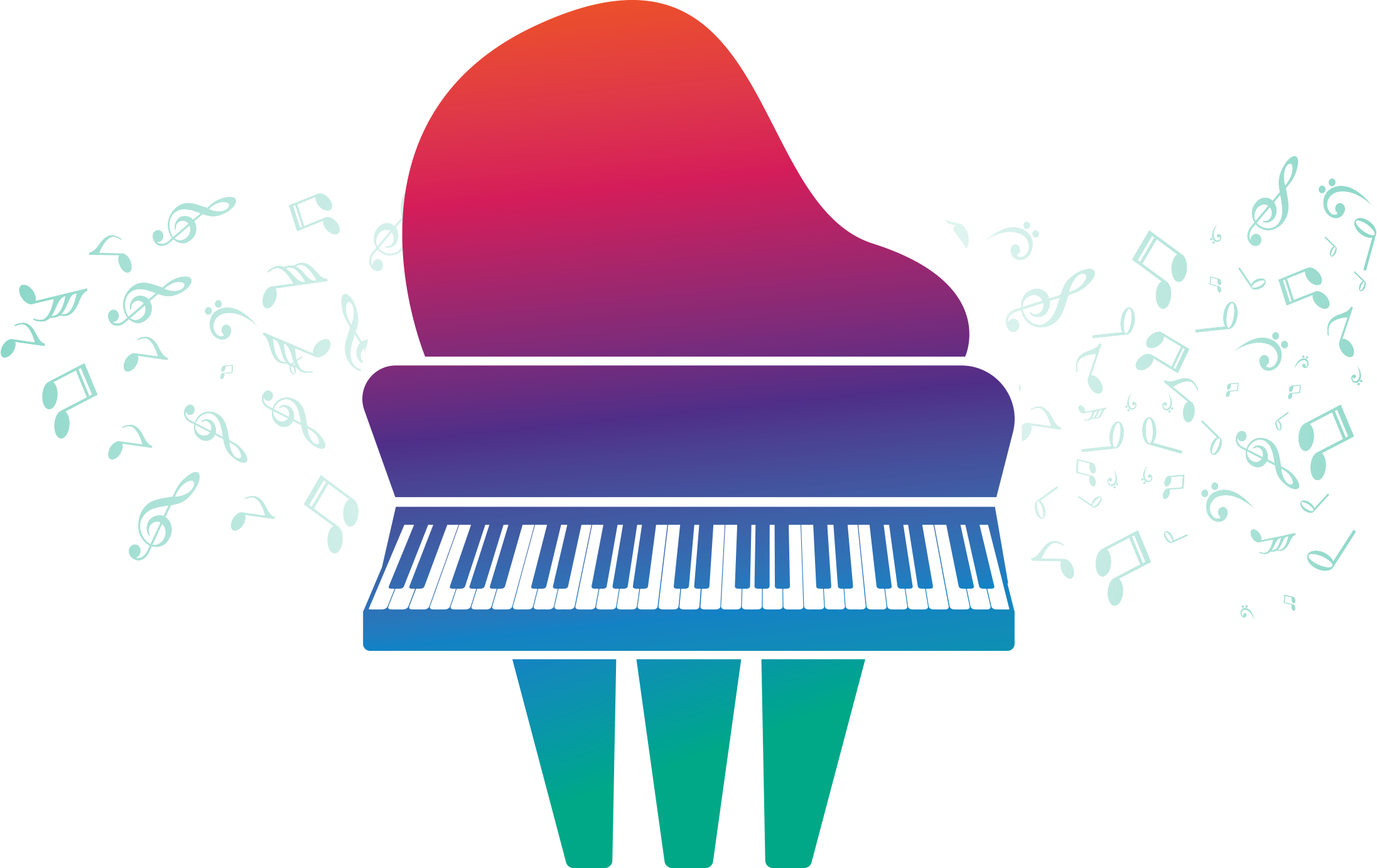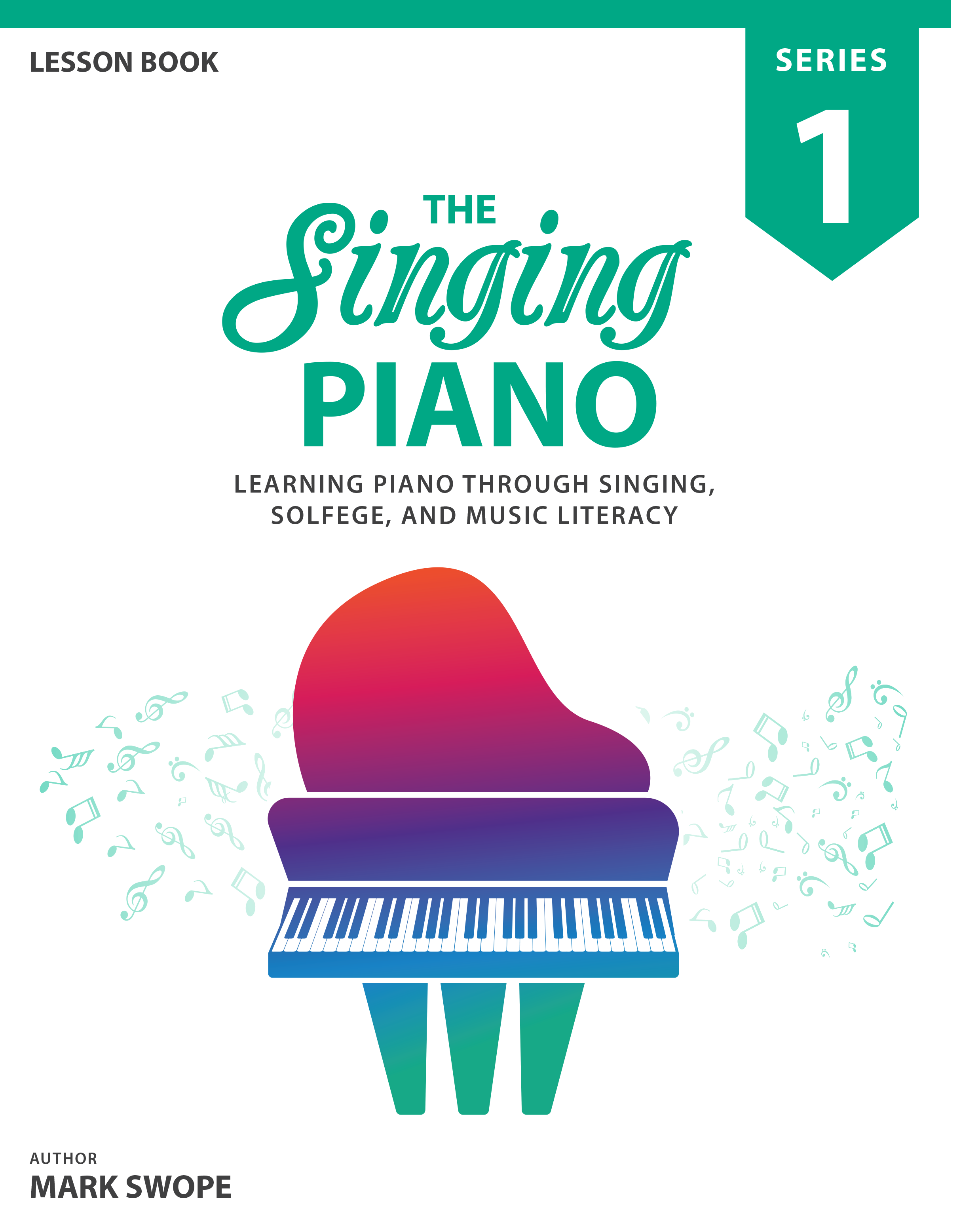 About The Singing Piano
About The Singing Piano
The Singing Piano Book One has been developed for students ages ten and up. The Singing Piano provides an innovative and researched-based approach to piano pedagogy. It is based on the music teaching research and philosophies of Brunner, Mason, Kodaly, Suzuki, Dalcroze, Von Laban, and Gordon. The teaching methods of these leaders in music and movement education are most often applied to classroom music, bands, and choirs. The Singing Piano applies them to piano instruction.
SequencingThe Singing Piano provides an opportunity for students to develop their musicianship one skill at a time. In some situations, students are challenged with having to learn note names, location of instrument keys, the visual representation of notes, rhythm, and Ginger coordination all at the same time. The Singing Piano breaks down student goals into logical, sequential steps. Students, in turn, understand expectations and feel empowered by achieving independent musicianship goals one at a time.
Incorporated into this method of sequential learning is Edwin E. Gordon's music learning sequences. The Singing Piano emphasizes the learning of one skill at a time and places those skills in an order that makes learning exciting. Students are allowed to make progress naturally and comfortably, excited for what challenges come next.
Music aptitude is a person's ability to learn music. Some people refer to it as "talent." People have different levels of musical aptitude, and people have different levels of musical achievement. It is possible for a person with a high musical aptitude to have a low level of musical achievement. And, it is possible for a person with a low music aptitude to have a high level of music achievement, and develop life-long skills. That is to say, music is for everyone and the enjoyment of making music can be achieved one step at a time.
This concept is particularly important for school educators and administrators in grades Pre-kindergarten through eighth grade. In recent years more school districts are using "pull-out" music programs for younger students rather than providing music for all. Research and history demonstrates there is more to be gained by providing music enrichment opportunities for all students.
The Singing Piano will take students on a musical adventure through a variety of learning experiences. Starting with Lesson Book One students will be able to develop their listening skills. They will learn to recognize tonal and rhythm patterns. Students will be playing in a variety of tonalities including major and minor. They will enjoy recognizing the variety of notation used for meters such as 4/4, 3/4, 6/8, and 2/2 time. Interesting pieces are included with teacher accompaniments. Students will learn to transpose major and minor melodies to a variety of keys with ease. All of this in Lesson Book One? Yes. That's what is so exciting! There is so much to learn and enjoy one step at a time with The Singing Piano.

The Lesson BookClick me for details

The Performance BookClick me for details

Solfege ThisClick me for details
